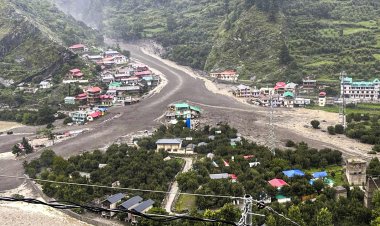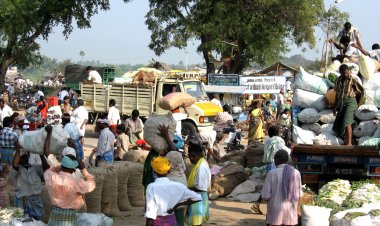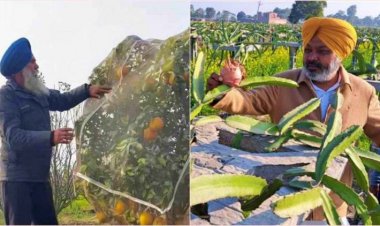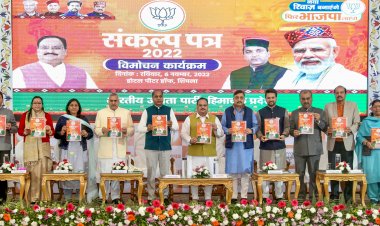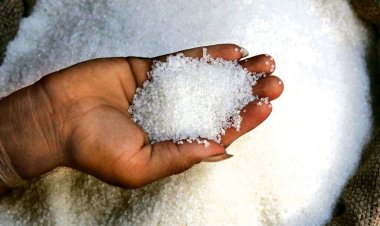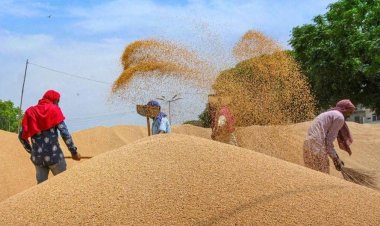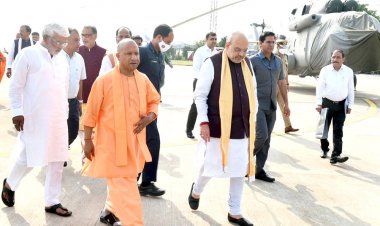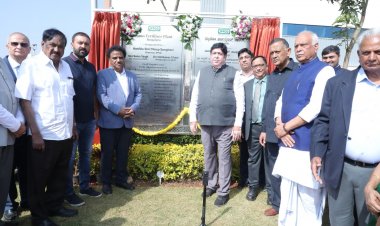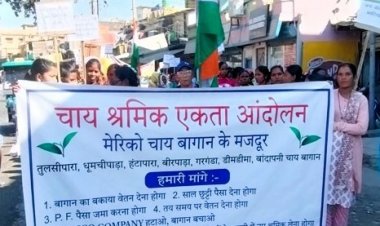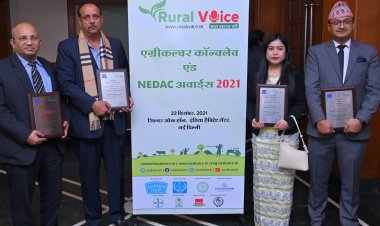Breaking the Barrier – Unlocking the Next Blue Revolution
Discussions about Aquaculture often revolve around industry gaps, expansion plans, and growth strategies, but do we have mechanisms to identify the right problem? Only data can reveal the right answer. The first step to bringing digitization is to quantify data at multiple levels in the production and post-harvest value chain.
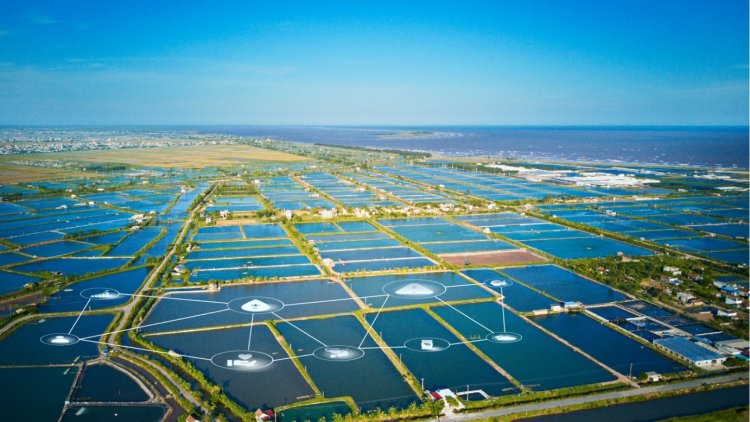
In the previous article, we discussed the crucial role of seafood and aquaculture in global food security and the need for technology-driven solutions to make the sector more productive and efficient. We also highlighted the importance of overcoming practical challenges like affordability, and customization, and eliminating the steep learning curve to raise awareness and promote the adoption of these solutions.
We can propel the sector forward by embracing tech-driven solutions that bring transparency and efficiency, not just at the individual pond level but also at the sector level. However, this is easier said than done. We are dealing with a 2000-year-old industry, one of the most traditional sectors where digitization has yet to fully penetrate. The challenges of promoting digitization are manifold, considering the diverse landscape and varying levels of technological adoption across rural and coastal regions.
Discussions about Aquaculture often revolve around industry gaps, expansion plans, and growth strategies, but do we have mechanisms to identify the right problem? Only data can reveal the right answer. The first step to bringing digitization is to quantify data at multiple levels in the production and post-harvest value chain. This data-driven approach holds immense potential to help us examine where the problems lie and reinforce whether we are looking at the right issues.
Also Read This: Wheat Procurement has crossed 150 lakh tonnes in the current rabi season
Implementing such a mechanism to gather intelligence from rural and coastal regions and enrolling the vast network of farmers to automate the inflow of culture data over time is a complex task. Despite the challenges, India, as the second largest aquaculture producer, must be at the forefront, leading the next revolution on all fronts. It is encouraging to see significant initiatives taken in recent years to modernize and adopt technologies in the Indian fisheries sector.
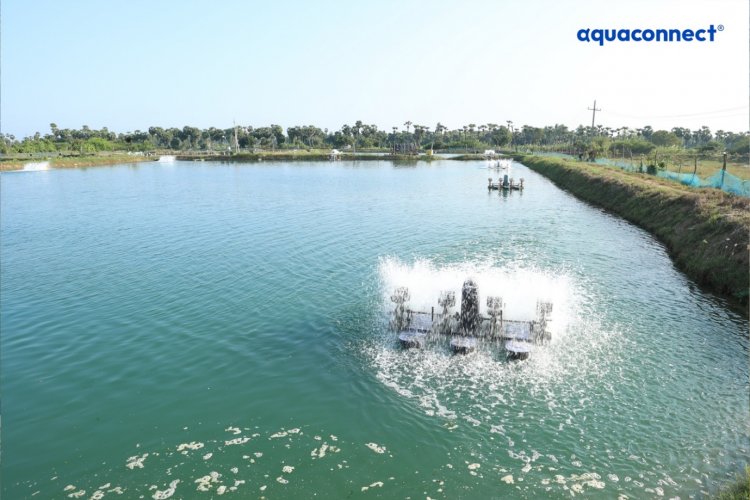
For instance, as an aquaculture tech startup, we launched a mobile app that served as a farm advisory tool to capture production data and provide guidance to farmers in their day-to-day culture operations. Although this app helped us understand the correlation between different parameters, feeding, and growth patterns, the biggest questions we encountered were, how scalable are these? How can we capture data from the nook and corner of India and the rest of the world, given the ground challenges?
The ideal answer is, every farmer should have a smartphone, better connectivity, and awareness of the mobile app, and finally, he must keep on entering the data daily, no matter what! Or in another way, every farm must be automated with IoT devices right from water quality to feeding and growth monitoring and sharing the data with our APIs in real-time.
Also Read This: Price of DAP falls to $ 553, Urea to $ 315 in global market
But this scenario is far from reality. That is when our exploration began, and we discovered how satellite remote sensing could be a game-changer for aquaculture. By focusing on scalable solutions that address key challenges in the sector, we shifted our attention to harnessing the power of satellite remote sensing and artificial intelligence (AI). Using satellite remote sensing, we gained “eyes in the sky”; breaking geographic limitations and enabling us to scale from individual ponds to the national level without physical constraints.

Now we must build solutions that will help us achieve our mission of bringing transparency to the seafood value chain. Our initial step was identifying fish or shrimp ponds and marking the boundaries using deep learning algorithms. It is quite amusing that today, the AI models we have trained are now pointing out the errors we made in the training data. That is how smart AI models attained the capability of identifying ponds in any corner of the nation.
Yes, we are that scalable now! Once we know the pond, we must identify what kind of pond it is. As fish and shrimp ponds are the major categories in aquaculture, it is important to classify them. We created additional AI models to differentiate between shrimp and fish fishponds based on various parameters. And the next most crucial step! Predicting the DOC (Days of Culture) helps to understand the pond’s status. Knowing the DOC shall drive the number of use cases.
First, we get to know what stage the ponds are in, like, Active or dry, Preparation stage, Stocking phase, Grow-out, ready for harvest, harvested ponds etc., a hierarchical level crop review in the near-real time.
Imagine such intelligence being built in near real-time, not only at the pond level but also at the village, taluk, district, or state level. All this is happening without stepping into the farm - a truly mind-blowing achievement. We also use ground intelligence, “boots-on-the-ground” whenever required to supplement satellite remote sensing. The combined approach of “boots-on-the-ground” and “eyes-in-the-sky” aims to bring transparency and efficiency into the seafood value chain through digitization and quantification.

Introducing transparency into the aquaculture sector has the potential to revolutionize the industry. And creating innovative tools like near real-time crop review empowers us with the ability to make well-informed decisions to identify the challenges we face before crafting effective solutions.
Deriving insights into current production trends, harvest patterns, and premature harvests, helps us for better evaluation. Also, identifying disease management zones, allowing for targeted interventions, and reducing the risk of widespread outbreaks. This level of detail also helps identify underutilized resources, enabling the industry to capitalize on untapped potential.
Also Read This: Bee keeping, a sweet revolution in the making
Armed with this knowledge, we can devise strategies and countermeasures tailored to the unique challenges and opportunities within the sector. Informed decision-making can lead to improved resource allocation, better production planning, and proactive risk management, ultimately ensuring the sector long-term success and resilience.
As the aquaculture industry evolves, adopting scalable solutions that facilitate data-driven decision-making will be crucial in driving growth and addressing the complex challenges faced by the sector. By doing so, we can ensure that the sector continues to thrive, contributing to global food security and supporting the livelihoods of millions.
(Murugan Chidhambaram is Head of Digital Transformation and Marketing, Aquaconnect, Chennai, India)



 Join the RuralVoice whatsapp group
Join the RuralVoice whatsapp group


















